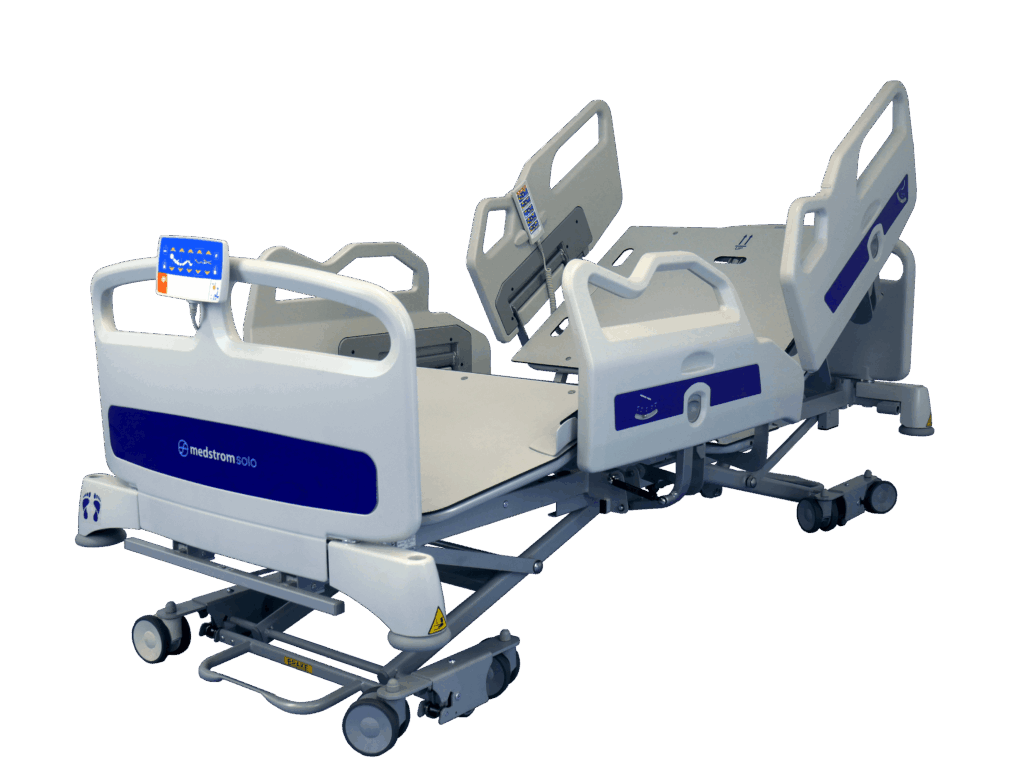
What are the Cost Implications of Pressure Ulcers?
Pressure ulcers are the single most costly chronic wound in the NHS, costing around £3.8 million per day1 while the incremental cost of treating a pressure ulcer is up to £374 per day2. A Category IV pressure ulcer as an example costs £16,000 to treat3. In addition to the UK, the cost to manage all pressure ulcers across all care settings in Ireland is €250 million per annum4. It is estimated that around 24,674 patients were reported to have developed a new pressure ulcer between April 2015 and March 2016, placing a significant burden on healthcare5.
There is significant human suffering involved for people living with pressure ulcers. The impact on human life can often be fatal, with a two to four-fold increase in the death rate of older people in ICUs reported6. The scale of the human and service costs continue to highlight the importance of pressure ulcer prevention through increased nursing time, hospitalisation, equipment provision, consumables, and pharmaceuticals.
In addition, the number of litigation claims have increased sharply in recent years. In a report by NHS Resolution7, the number of pressure ulcer litigation claims has risen by 600% in the last 10 years and NHS England paid £21m in litigation costs related to pressure ulcers in 2018/19.
In addition to the cost of treatment and litigation, pressure ulcers also have an impact on length of patient stay. NICE 20142 report that the development of a hospital acquired pressure ulcer can increase hospital length of stay (LOS) by an average of 5-8 days per pressure ulcer. Another study7 found that hospitalised patients who develop a pressure ulcer during their hospital stay are at a greater risk for increased length of stay as compared with patients who do not, resulting in a median excess length of stay of 4.31 days.
What is clear from the above, is the cost implications and suffering involved in pressure ulcers should not be ignored. Medstrom are fully committed to providing effective products, an efficient service and good clinical support to assist trusts to achieve their goal of 100% prevention of avoidable pressure ulcers. Click here for a discussion on this question where we look at specific examples of patients that are likely to acquire pressure ulcers.












